SEATTLE — A former Seattle resident and avid cyclist is suing the City of Seattle and the Ballard Terminal Railroad Company, alleging negligence over unsafe railroad tracks beneath the Ballard Bridge that she says caused a crash leaving her with permanent injuries and emotional scars.
A Crash That Changed Everything
In May 2020, Emily Robinson was biking along Shilshole Avenue near the Ballard Bridge when her tire became lodged in the shallow-angled railroad tracks. The impact sent her flipping over her handlebars, slamming face-first onto the pavement.
The accident left Robinson with a bloody knee, a chipped tooth, and a scar on her lip — injuries she says continue to affect her daily life.
“The effects from my bike crash are something I have to stare at and face in the mirror every single day,” Robinson said. “My face is so sensitive that I can no longer bike, which used to bring me so much joy.”
The trauma of the crash was so severe that Robinson decided to leave Seattle altogether. She has not returned to cycling since.
Claims of Negligence
Robinson argues that the city was aware of the dangers posed by the railroad tracks yet failed to act. According to her lawsuit, the crossing had a long history of bicycle crashes, but no adequate protective measures were taken.
“It is a highly dangerous area, and there have been a lot of bike crashes since,” Robinson said. “If I had known that, I would have never biked that way.”
Her attorney, Catherine Fleming, contends the tracks’ shallow angle forces cyclists to cross at a risky trajectory, a factor that has caused numerous wrecks. Poor signage and low visibility only added to the danger.
“Emily was certainly not the first, and she wasn’t the last, unfortunately, who crashed there,” Fleming said.
Longstanding Safety Concerns: The “Missing Link”
The section of track lies within what local cyclists have long referred to as the “Missing Link” of the Burke-Gilman Trail, a 1.4-mile stretch running through Ballard that separates two existing segments of the popular multi-use trail.
For decades, the Cascade Bicycle Club has pushed for improvements to this corridor. The group argues that unfinished trail connections and hazardous rail crossings endanger thousands of cyclists who use the route each year.
“The railroad tracks under the Ballard Bridge and the entire Burke-Gilman Missing Link are a known safety issue,” said Vicky Clarke, Executive Director of Cascade Bicycle Club. “That’s why Cascade has been advocating for completion of the Missing Link for literal decades.”
Clarke emphasized that until improvements are made, “needless injuries, or worse, will continue.”
Delays and Business Pushback
Efforts to address the Missing Link have been mired in lawsuits and opposition from local businesses, which Clarke described as “deep-pocketed business interests.” Those delays, she argued, have kept vital safety upgrades from being implemented.
The Ballard neighborhood, a hub of industry and commerce, has long been a focal point in the debate between trail advocates and business owners concerned about freight access and traffic disruptions.
City’s Response
The tracks at the crash site have since been paved over, a change Robinson acknowledges but insists is not enough. She and her attorney argue that without a permanent, comprehensive solution, other cyclists remain at risk.
Robinson says she loved living in Seattle and had planned to make it her permanent home, but the crash stripped her of both her sense of safety and the activity she cherished most.
“I was ready to build my forever life there,” Robinson said. “Really loved Seattle, and the bike crash just took that all away from me.”
Broader Implications
Robinson’s lawsuit underscores ongoing tensions in Seattle’s efforts to balance its reputation as a bike-friendly city with the reality of infrastructure gaps that leave cyclists vulnerable.
The Burke-Gilman Trail, one of the region’s most heavily used bike corridors, remains incomplete more than 40 years after planning began. Advocates argue that until the Missing Link is resolved, crashes like Robinson’s will continue to highlight the urgent need for safe, continuous infrastructure.



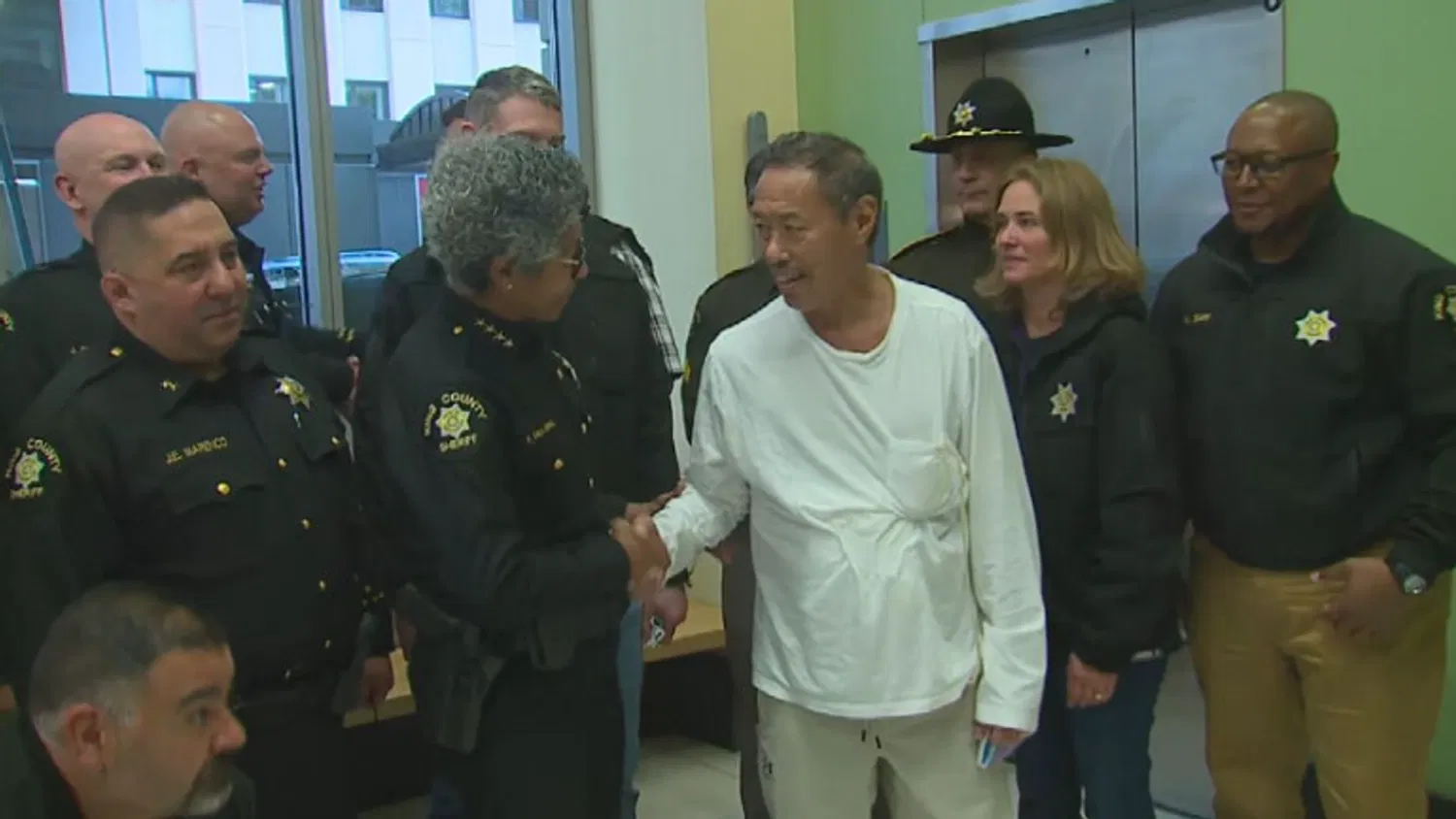

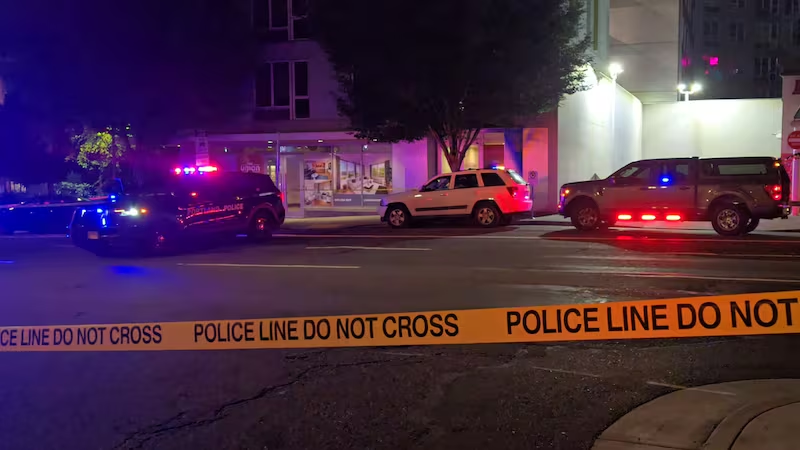
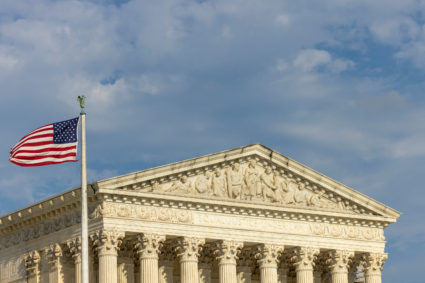
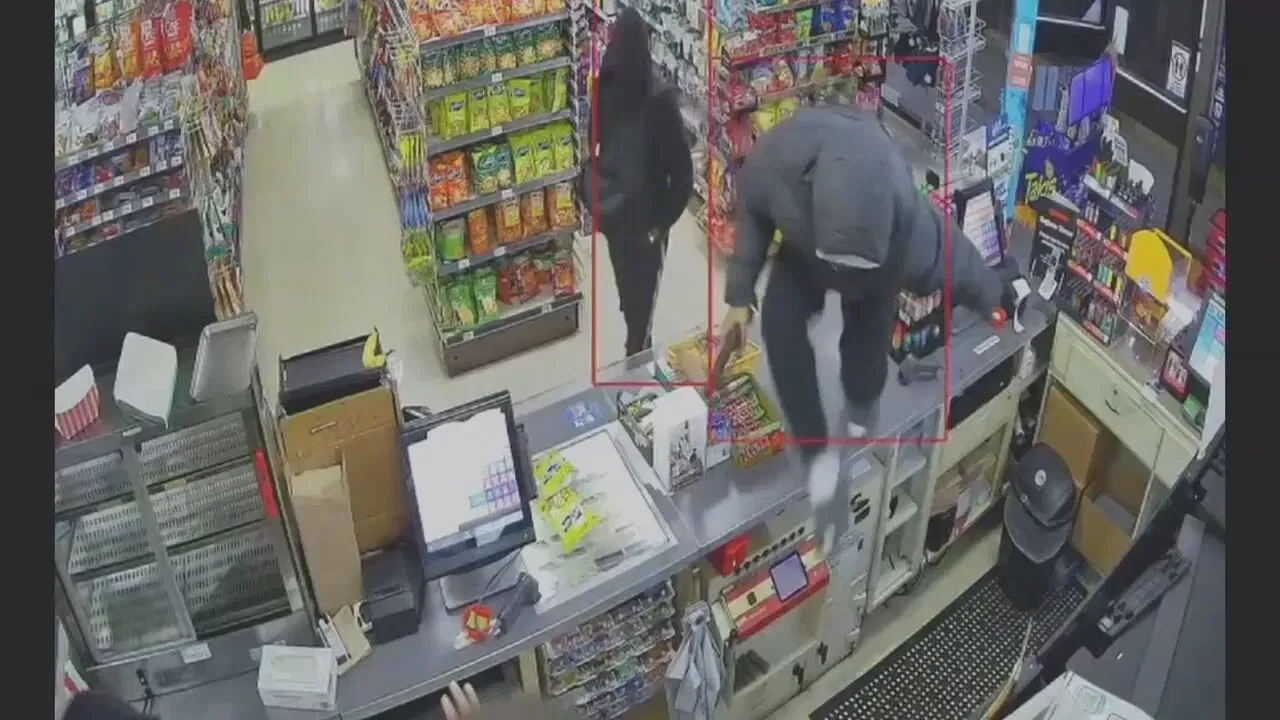
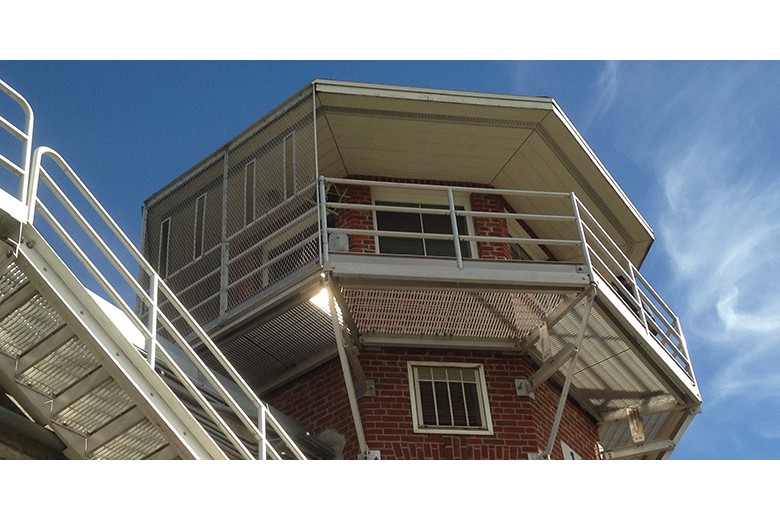
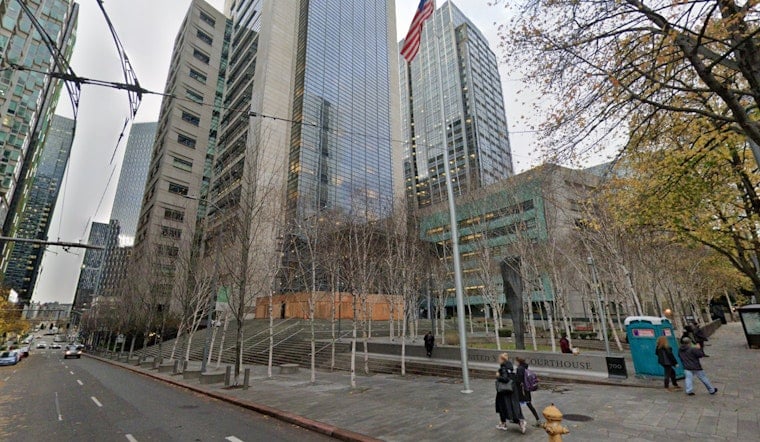
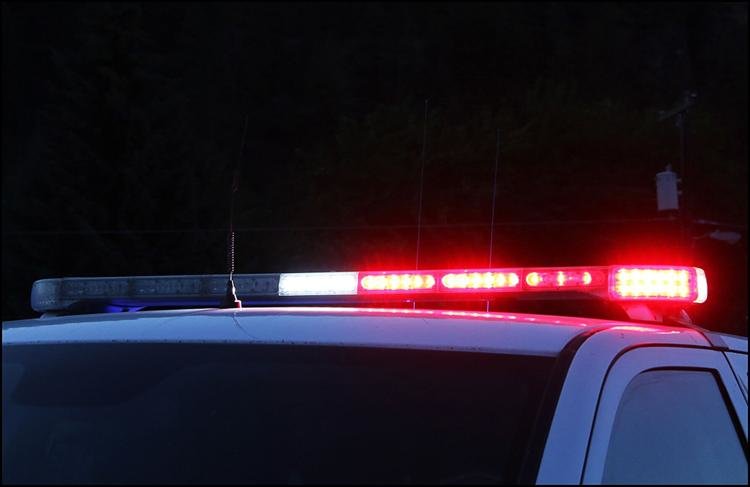
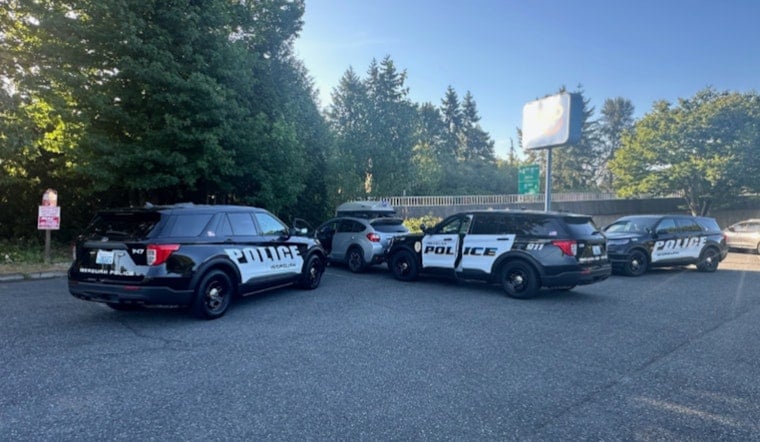

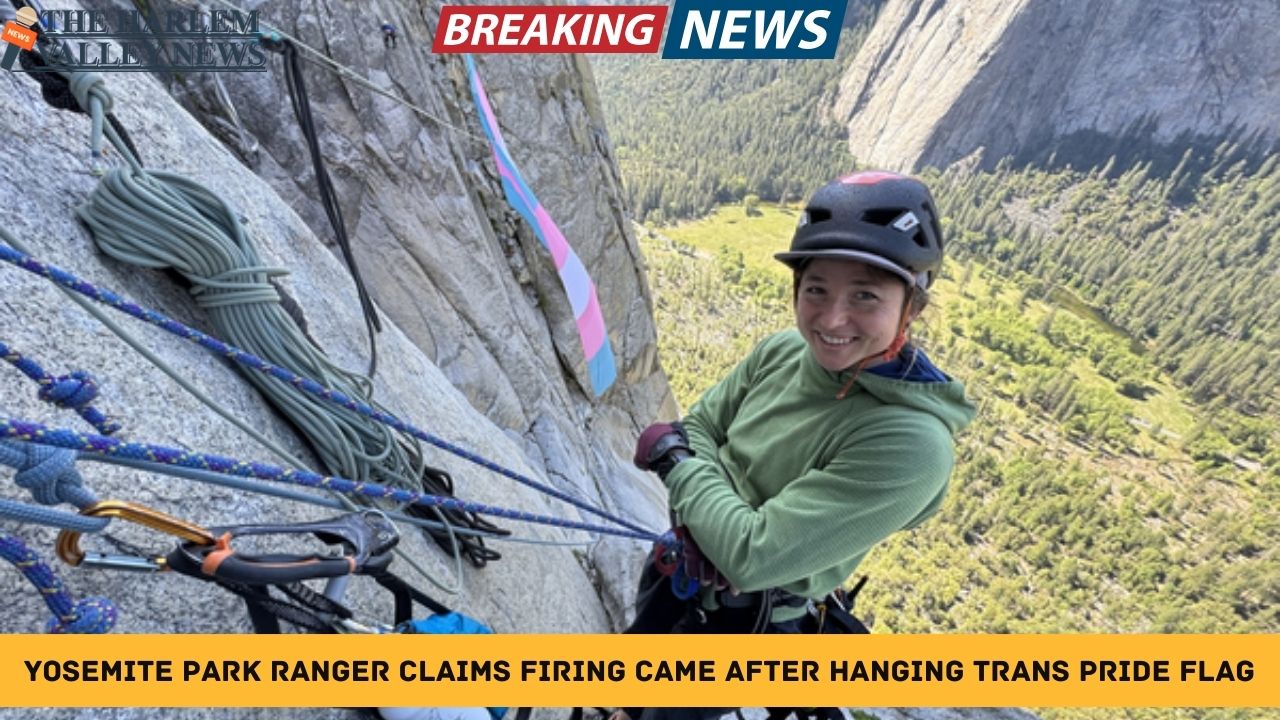

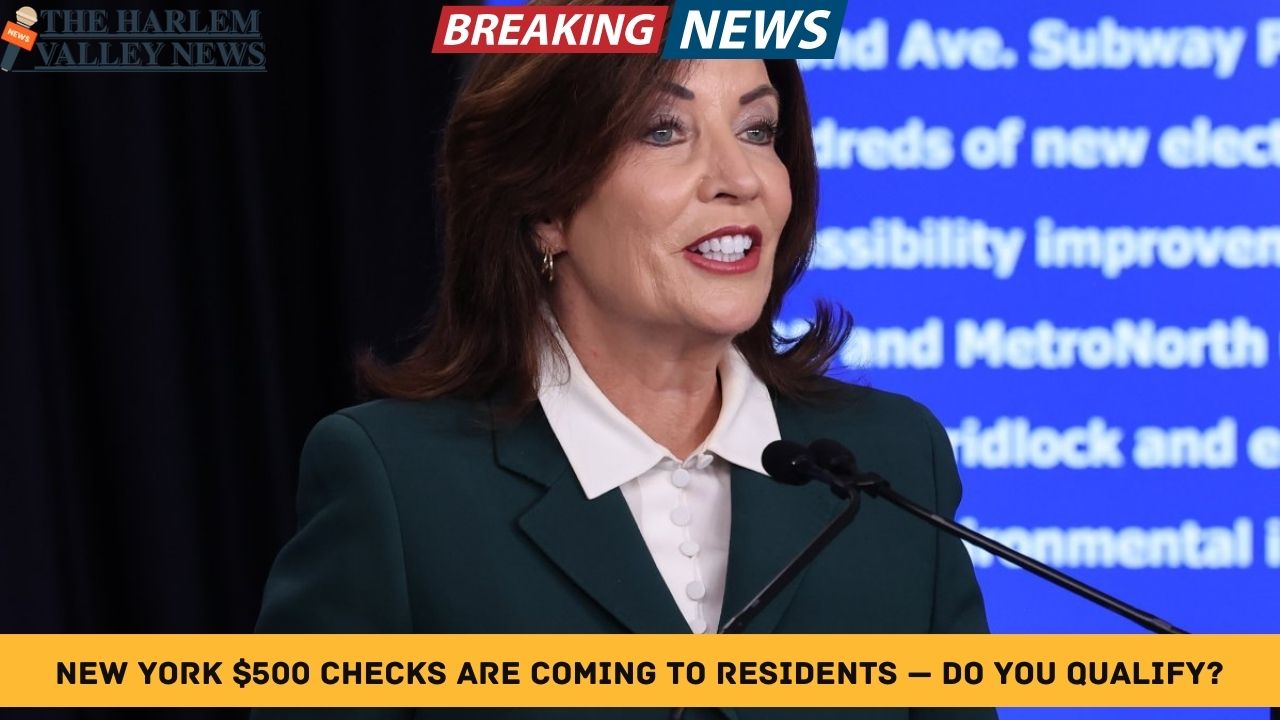
Leave a Reply